 “The Atlantic wears away our coasts.”
“The Atlantic wears away our coasts.”
Victor Hugo must have been a pretty amazing person. Not only did he have an exceptional grasp of history, but his attention to detail far surpasses your average person and his descriptions illustrate this unusual ability. Add to that his artistic capacity for drawing, and you have quite an impressive composition of talents. He exhibits all three talents in The Toilers of the Sea, or Les Travailleurs de la Mer.
Running afoul of Napoleon III in 1851, Hugo fled France to Brussels and Jersey, finally settling in Guernsey in 1855 where he purchased Hauteville House in St. Peter Port. He spent 15 years in exile here. In his studio at the top of his house, with a stunning view of the harbour, it is there he finished his most famous novel, Les Miserables. While in Guernsey, Hugo rambled all over the island, often with his son, Charles, and his mistress, Julliette Drouet. In a notebook, he scrawled copious notes about the reefs, tides, currents and absolutely anything that caught his imagination. Les Travailleurs de la Mer was born out of his excursions.
In the preface of The Toilers of the Sea, we are told that Hugo explored three different themes with three different novels. With Notre-Dame de Paris, he dealt with religion; with Les Miserables, he dealt with society; and now, with The Toilers of the Sea, he examines the forces of nature.
Set in the Channel Islands in the 1820s, specifically in Guersney, we learn first about a man named Gilliatt who, as a boy, came to St. Sampson at the end of the French Revolution with his mother, not knowing any of his history. His mother dies and Gilliat, although obviously rather bright, is seen as a type of outcast, living in a previously haunted house by the cliffs called Bû de la Rue. Although a good fisherman and sailor, people look at Gilliatt with a ingrained suspicion as everyone on St. Sampson knows that once a witch or warlock takes up abode, it never truly leaves. Gilliatt lives in isolation but the people blame him for the solitude of which they impose.
Mess Lethierry is a grudgingly respected inhabitant in the town. He is a Guersney man: “that is to say, he was Norman, he was English, he was French.” He is the only man to have built a fortune for himself out of hard work and perseverance. Although he loses half of his fortune to his dishonest absconding partner, Rantaine, he still has his Durande, a steamship that is the only one in the area. The villagers call it the Devil Boat and look upon it with an apprehensive eye; it is unnatural to bring fire and water together and no good can come of it. But Lethierry loves his Durande and with good reason: it has rebuilt not only his fortune, but his self-respect.
But Lethierry doesn’t just have a ship; he has a lovely niece named Deruchette who lives with him. The girl lives a simple, happy life, a girl who has a “fairy-like power” about her as her presence “lights up her surroundings” and “her nearness is warming.” Although normally frightened of women, Gilliatt is not immune to her powers. He moons over her and takes to playing music beneath her window.
Sieur Clubin, the captain of the Durande, is trusted by Lethierry and respected by the villagers. Yet it appears that their confidence has been misplaced. On a mission, he encounters Rantaine, recovers the half-fortune of Mess Lethierry, but then decides to take the money for himself. His plan? To run the Durande aground on the Hanois reef, stage his death, and secretly swim to shore. But fate takes a different turn and, in the fog, mistakes the Douvres reef for the Hanois, to his eventual demise.
Mess Lethierry is frantic. His ship is a wreck and with it, not only his means of living, but also his very identity. Deruchette, realizing their situation, promises to marry whomever is able to recover the engines from the steamship and Gilliatt takes up the challenge.
Thus, we reach the climax of the book where it is not about ships, or engines, or people at all, but nature in her full and unrelenting fury. She is an enemy to Gilliat and his mission, with tempestuous winds and roiling currents and savage storms. Finally, Gilliatt, ravaged and emaciated after weeks of toil has rescued the engines, however he still has to face one more challenge: a monster who lives deep in the caverns of the Douvres.
Meanwhile, Gilliat is much forgotten and Deruchette has encountered the new vicar, Ebenezer Caudry, a man with a new inheritance and whose attentions tug at her heart. They plan a life together, but when Gilliat unexpectedly returns, will Deruchette keep her promise and marry the man she doesn’t love, or choose the one she does?
While there is a story to this novel, I felt that nature was a character more vivid and forceful than the human characters put together. With immense and detailed descriptions, Hugo makes the reader intimately familiar with the island topography, the weather, the flora and fauna, the animals and especially the ocean in all its capriciousness. For me, the characters became almost secondary as I was drawn into this somewhat primitive but strangely familiar island. Perhaps it was because my edition included L’Archipel de la Manche which is a descriptive essay written by Hugo in 1882 that exhaustively describes the Channel Islands with a captivating narrative. Hugo’s keen and prolific observations imbue this novel with a power and clarity that is unsurpassed.
Here are some photos of Victor Hugo’s time in Guernesey:
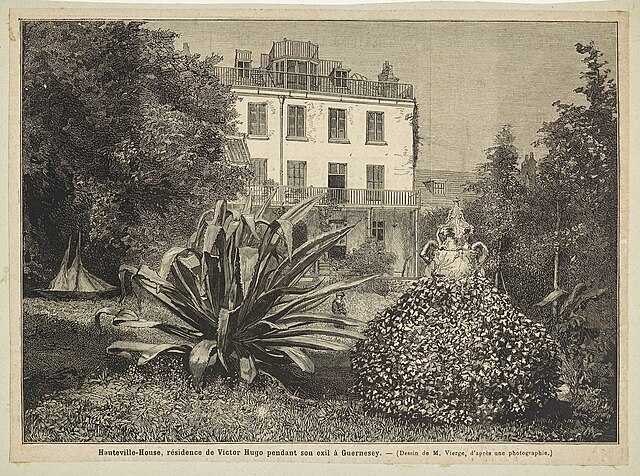
Hauteville-House, résidence de Victor Hugo, pendant son exil à Guernesey (c. 1881)
~ source Wikimedia Commons
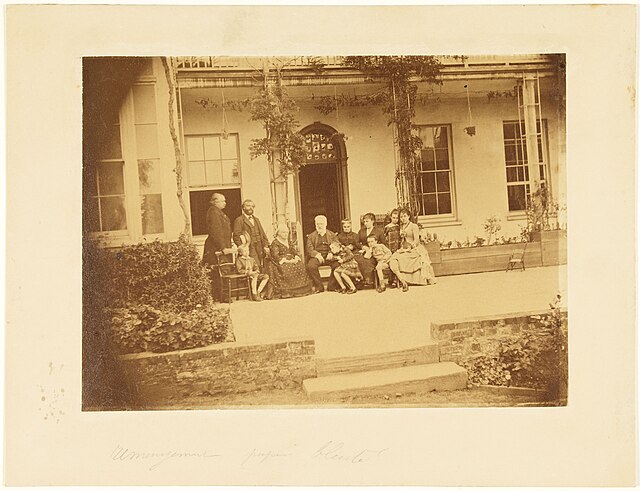
Victor Hugo avec famille et amis sur la terrasse de Hauteville House à Guernesey (1878)
~ source Wikimedia Commons

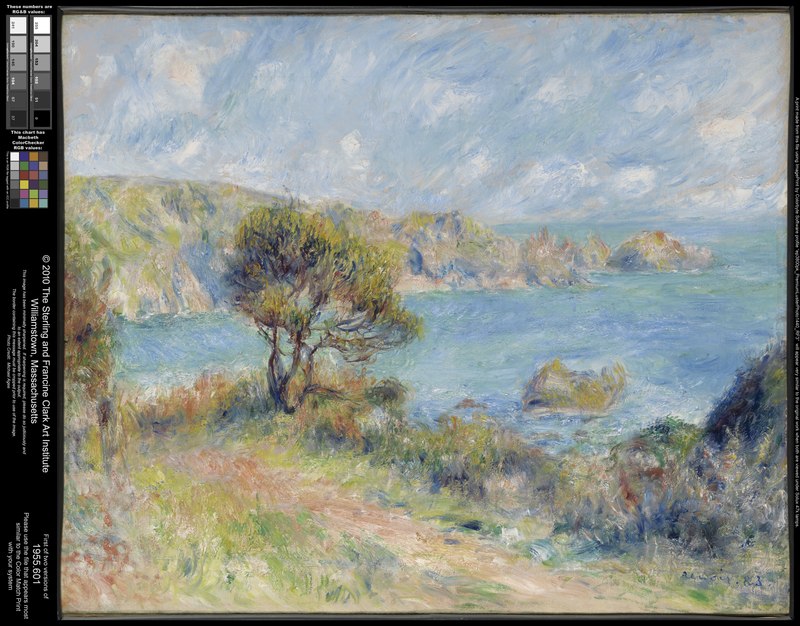
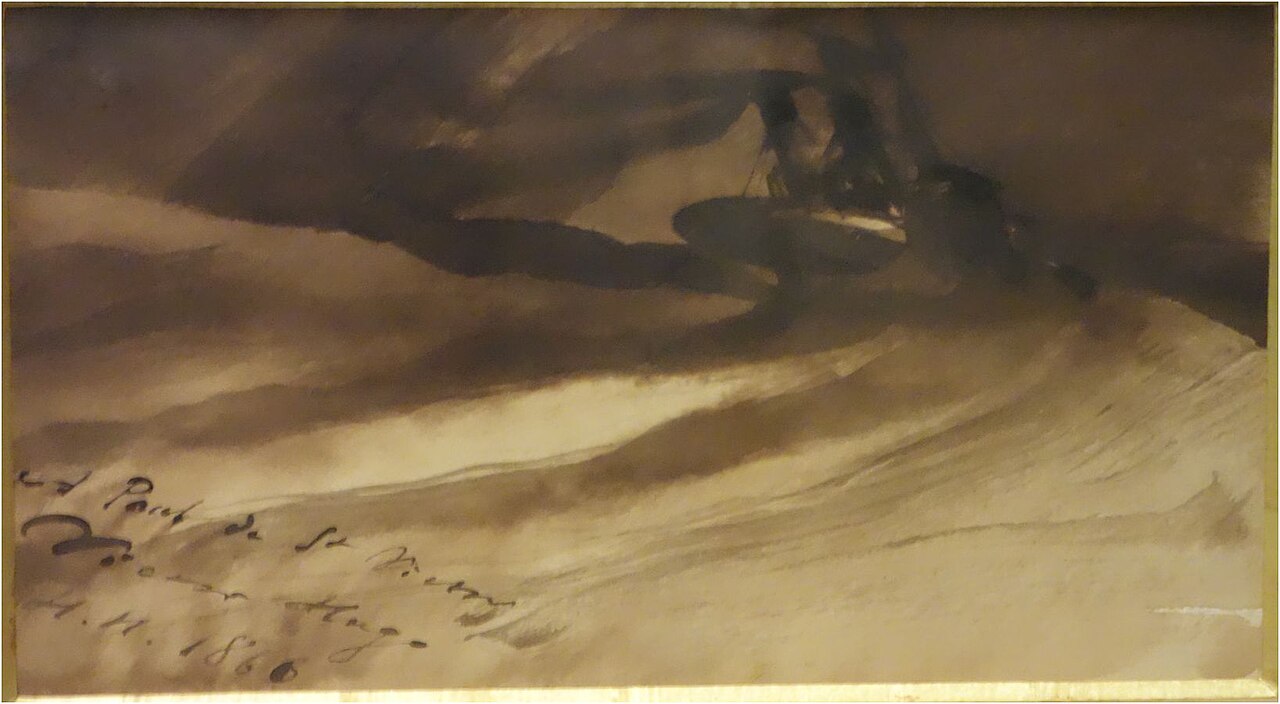
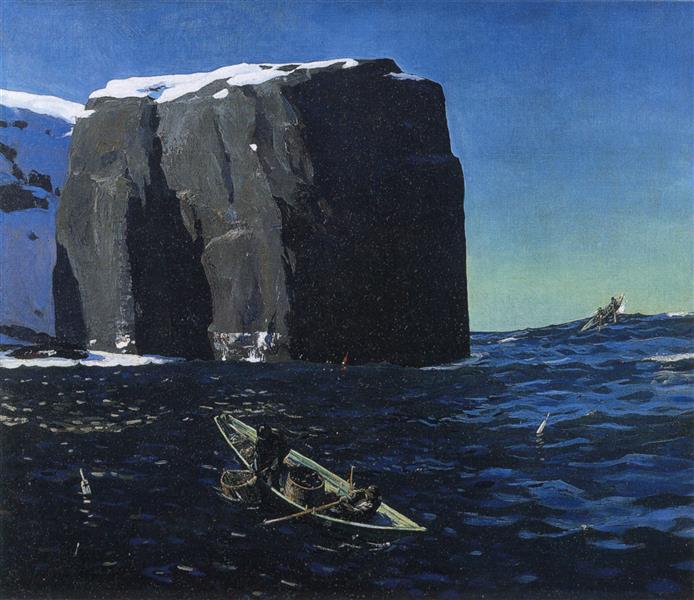
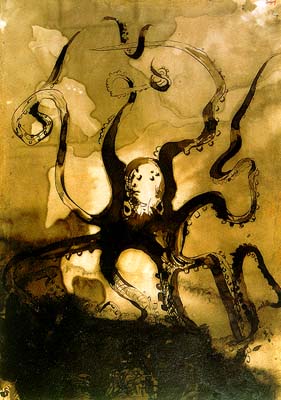
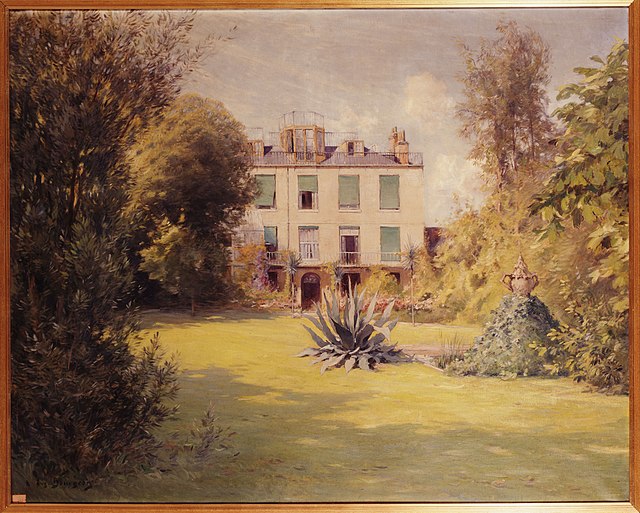
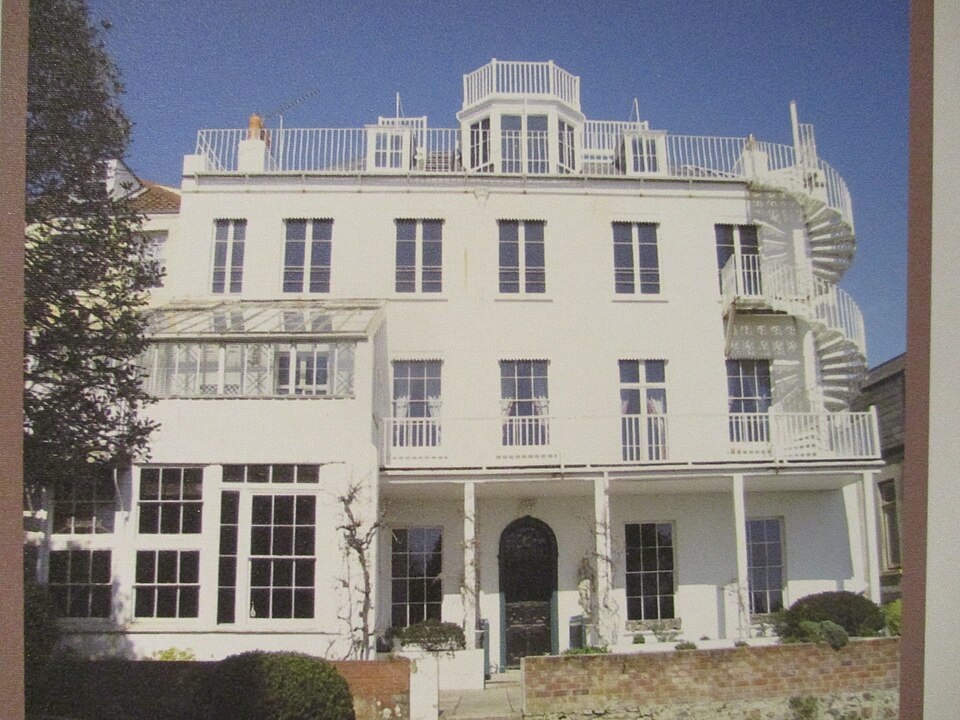
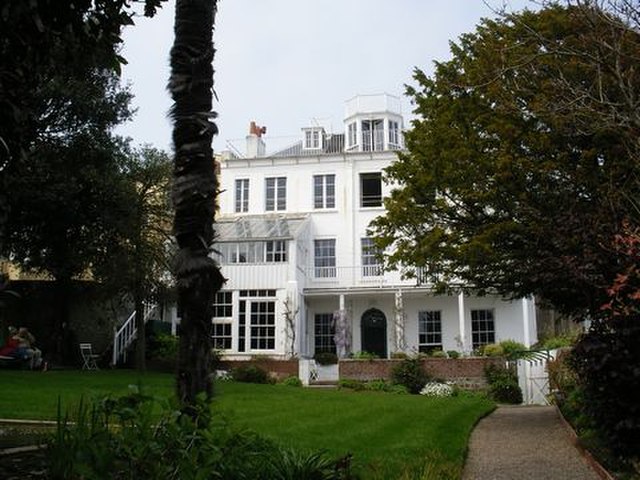
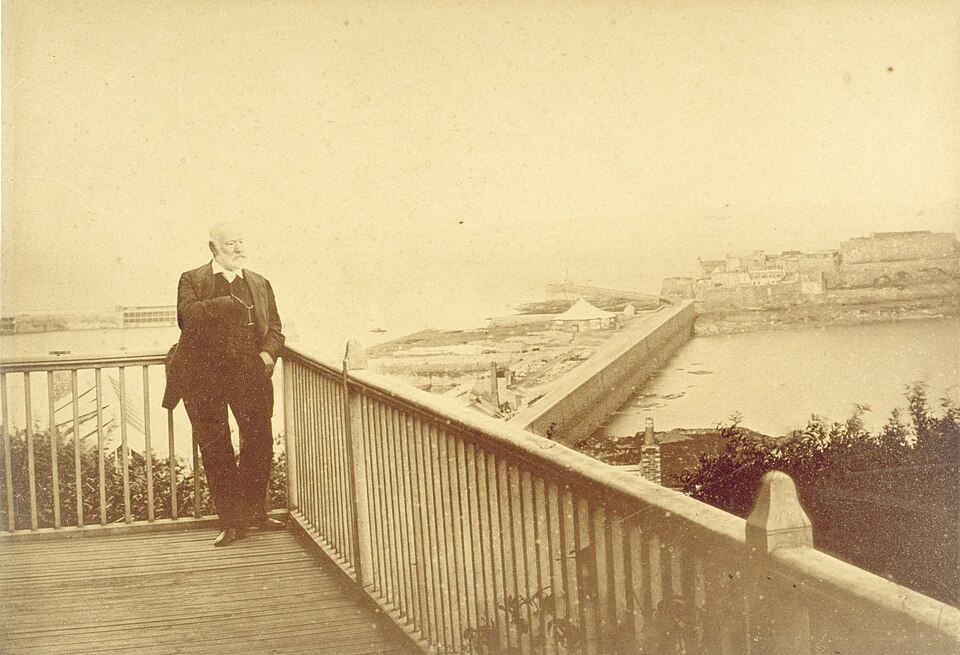

Oooo…I want to read this! Les Miserables is one of my all-time favorite books ever. And I still want to Notre-Dame de Paris. But this one I had not heard of until reading your post!
It was really great! And you get a sense of Hugo’s life along with the story. I’m sure you’ll really enjoy it, Karen!